The production process of the plantar 3D scanner and 3D printer for corrective insoles and personalized insoles is as follows:
1. Use the plantar 3D scanner to detect and measure the human foot.
The person stands on the plantar scanner to scan the area and performs the measurement operation according to the intelligent voice guidance.
It usually takes only 3-20 seconds to complete the measurement.
The measured data includes more than 20 sets of data such as foot length, foot width, arch height, heel angle, etc., as well as 3D data format.
These 3D data formats can be directly imported into the insole design software or directly imported into the 3D printer for insole production.
In addition, a foot measurement report will be obtained, which can evaluate flat feet, high arches, inversion, eversion, etc.
2. Use the plantar pressure distribution system to measure plantar pressure distribution and other data as needed.
If you make functional insoles, you need to optimize the design of corrective insoles in conjunction with the data measured by the plantar pressure distribution system, which can more reasonably optimize the plantar pressure distribution, so that the designed corrective insoles have better effects in foot correction.
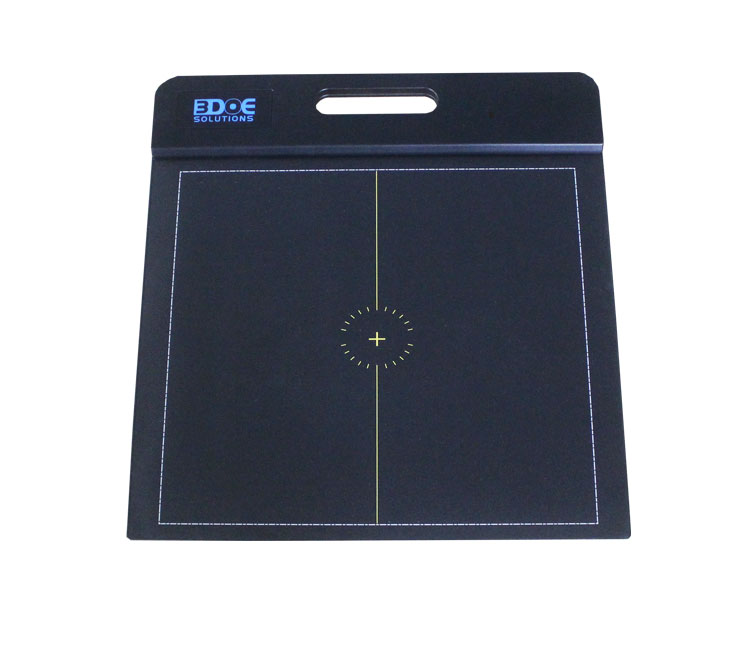
3. Rehabilitation therapists or insole designers design insoles.
Rehabilitation therapists or insole designers first import the 3D data such as stl measured by the plantar 3D scanner directly into the insole design software.
After importing, the software will present the entire foot model, and then design and adjust the insole in combination with the insole model and other time built into the software.
In addition, it is also necessary to adjust the arch and other areas in combination with the data of the plantar pressure distribution system.
It is also necessary to design the relevant parts according to the personalized needs of customers, and design the appearance and functional effects that customers want to achieve.
4. Import the insole design data into the insole 3D printer to make the insole.
Import the designed data into the 3D printer through a USB flash drive or other methods.
In addition, it is necessary to select appropriate materials for printing and production according to the needs of users.
5. Perform post-processing operations on the finished insoles.
After the insoles are printed, they generally need to be polished and veneered.
When veneer, the selected materials and colors need to be consulted with the needs of users. For example, some colors are taboo for customers. If you don’t ask clearly in advance, it is easy to cause customers to be dissatisfied or even choose to return the goods.
Prior communication is very important.
6. Deliver the finished products to the users through express delivery and other means. Regular return visits can also be made according to needs in the later stage.

 +86-0755-86131192
+86-0755-86131192 2025-04-09
2025-04-09 Back to list
Back to list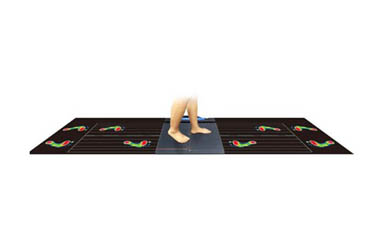
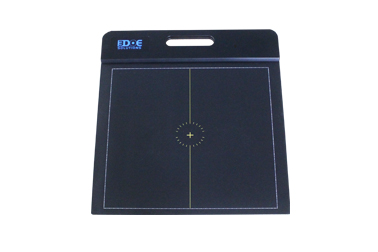
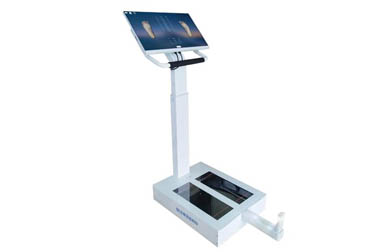
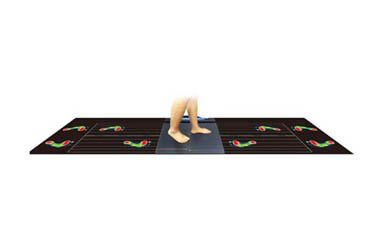
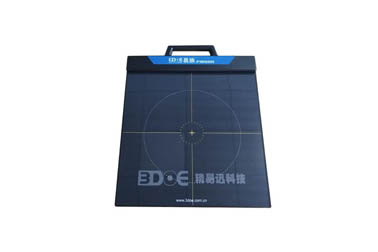
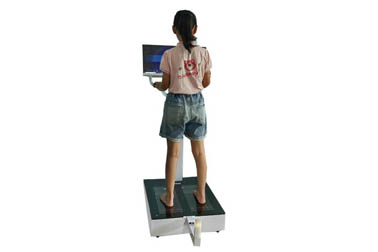



 +86-0755-86131192
+86-0755-86131192